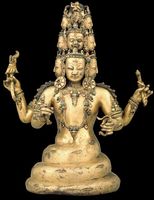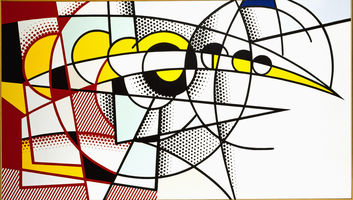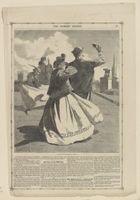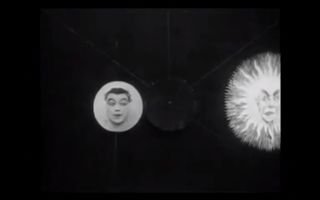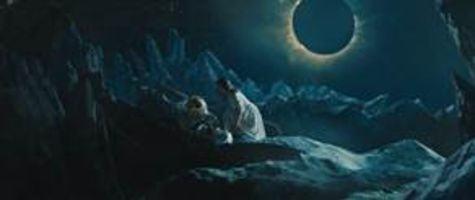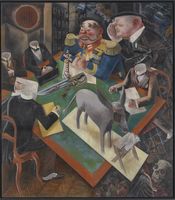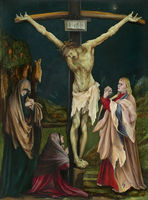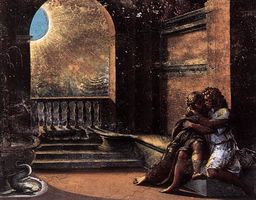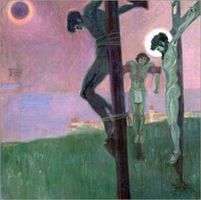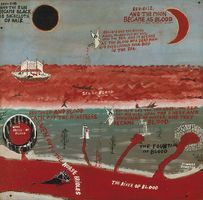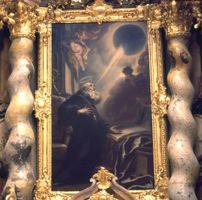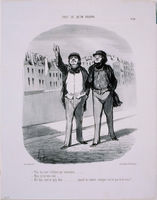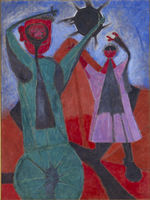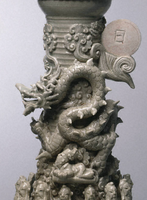Sun's Total Eclipse
Adolf Fassbender, American, 1884–1980
Sun's Total Eclipse, 1925
Gelatin silver print
Princeton University Art Museum, The Clarence H. White Collection, assembled and organized by Professor Clarence H. White Jr., and given in memory of Lewis F. White, Dr. Maynard P. White Sr., and Clarence H. White Jr., the sons of Clarence H. White Sr. and Jane Felix White
x1983-1487
The total eclipse of 1925 caused New York society to panic: the stock market delayed its opening, train service stopped, stores opened late, and many people feared mass crimes would take place during the one-minute period when portions of the city were cast into daytime darkness. Photographers, on the other hand, were eager to record the event, and articles were published in advance of the eclipse to aid them in this pursuit. Recommendations like “exposures should be less than ten seconds” and “an ordinary hand camera will supply an image of the sun scarcely larger than a pinhead” helped Fassbender and others determine how and with what equipment to shoot the occurrence. To experience the totality of the eclipse, New Yorkers were urged northward, toward Harlem and the Bronx. Heeding this advice, Fassbender took his incredible image in Bronx Park and successfully captured the eerie effect of the sun’s fiery corona around the moon—exactly the kind of atmospheric phenomena that appealed to the Pictorialist agenda of championing photography’s painterly effects.
Katherine Bussard, Peter C. Bunnell Curator of Photography, Princeton University Art Museum

